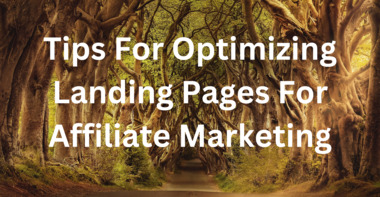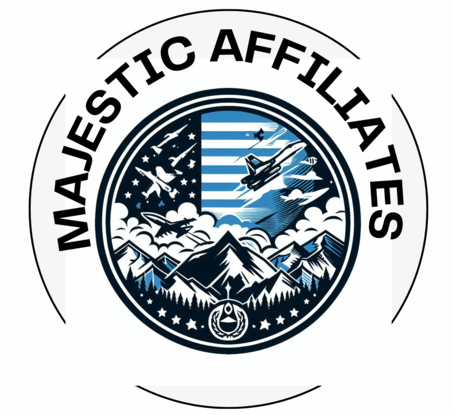Content marketing is a powerful strategy for affiliate marketers looking to drive targeted traffic to their websites. By creating valuable, relevant, and engaging content, affiliates can attract their ideal audience, build trust, and ultimately increase conversions. In this guide, we’ll explore effective ways to leverage content marketing for driving traffic to affiliate websites.

1. Understanding Your Audience
a. Buyer Personas:
Develop detailed buyer personas to understand your target audience.
Identify their demographics, interests, pain points, and preferences.
b. Search Intent:
Analyse search queries to understand user intent.
Tailor your content to address the specific needs and queries of your audience.
2. Keyword Research and SEO Optimization
a. Comprehensive Keyword Analysis:
Use keyword research tools to identify relevant and high-search-volume keywords.
Target long-tail keywords for specific and niche-focused content.
b. On-Page SEO:
Optimize content for search engines with proper meta tags, headers, and keyword placement.
Ensure a seamless user experience with fast-loading pages and mobile optimization.
3. Diversified Content Formats
a. Blog Posts:
Create informative and engaging blog posts that address common questions and challenges.
Include visually appealing elements like images, infographics, and bullet points.
b. Video Content:
Leverage the popularity of video by creating tutorials, reviews, and product showcases.
Host webinars or interviews related to your affiliate niche.
c. Podcasts:
Tap into the audio format by producing podcasts relevant to your audience.
Feature industry experts, success stories, and in-depth discussions.
4. Strategic Content Calendar
a. Consistent Publishing Schedule:
Develop a content calendar for regular and consistent publishing.
Align your content schedule with industry trends, product launches, and relevant events.
b. Seasonal and Trend-Based Content:
Plan content around seasonal trends, holidays, or industry-specific events.
Stay current and provide timely information to your audience.
5. Engagement and Interaction
a. Community Building:
Foster a sense of community by encouraging comments, discussions, and user-generated content.
Respond promptly to audience inquiries and feedback.
b. Social Media Engagement:
Share your content on social media platforms to broaden its reach.
Engage with your audience through polls, Q&A sessions, and interactive content.
6. Email Marketing Integration
a. Build an Email List:
Encourage website visitors to subscribe to your email list.
Provide valuable incentives such as exclusive content, discounts, or newsletters.
b. Personalized Email Campaigns:
Segment your email list based on user preferences and behaviors.
Send personalized content and promotions to specific segments.
7. Affiliate Product Integration
a. Seamless Product Placement:
Integrate affiliate product recommendations naturally within your content.
Highlight the benefits and features of the products in a non-intrusive manner.
b. Tutorial and How-To Guides:
Create tutorials or how-to guides demonstrating the use of affiliate products.
Showcase real-life examples and success stories related to the products.
8. Analytics and Iteration
a. Track Performance Metrics:
Utilize analytics tools to monitor content performance, user engagement, and conversions.
Identify top-performing content and areas for improvement.
b. A/B Testing:
Experiment with different content formats, headlines, and calls-to-action.
Use A/B testing to refine your content strategy based on audience response.
Conclusion
Content marketing serves as a cornerstone for driving targeted traffic to affiliate websites. By understanding your audience, optimizing for search engines, diversifying content formats, maintaining a strategic calendar, fostering engagement, integrating email marketing, seamlessly incorporating affiliate products, and leveraging analytics for continuous improvement, affiliates can create a robust content strategy that attracts and retains their ideal audience.
